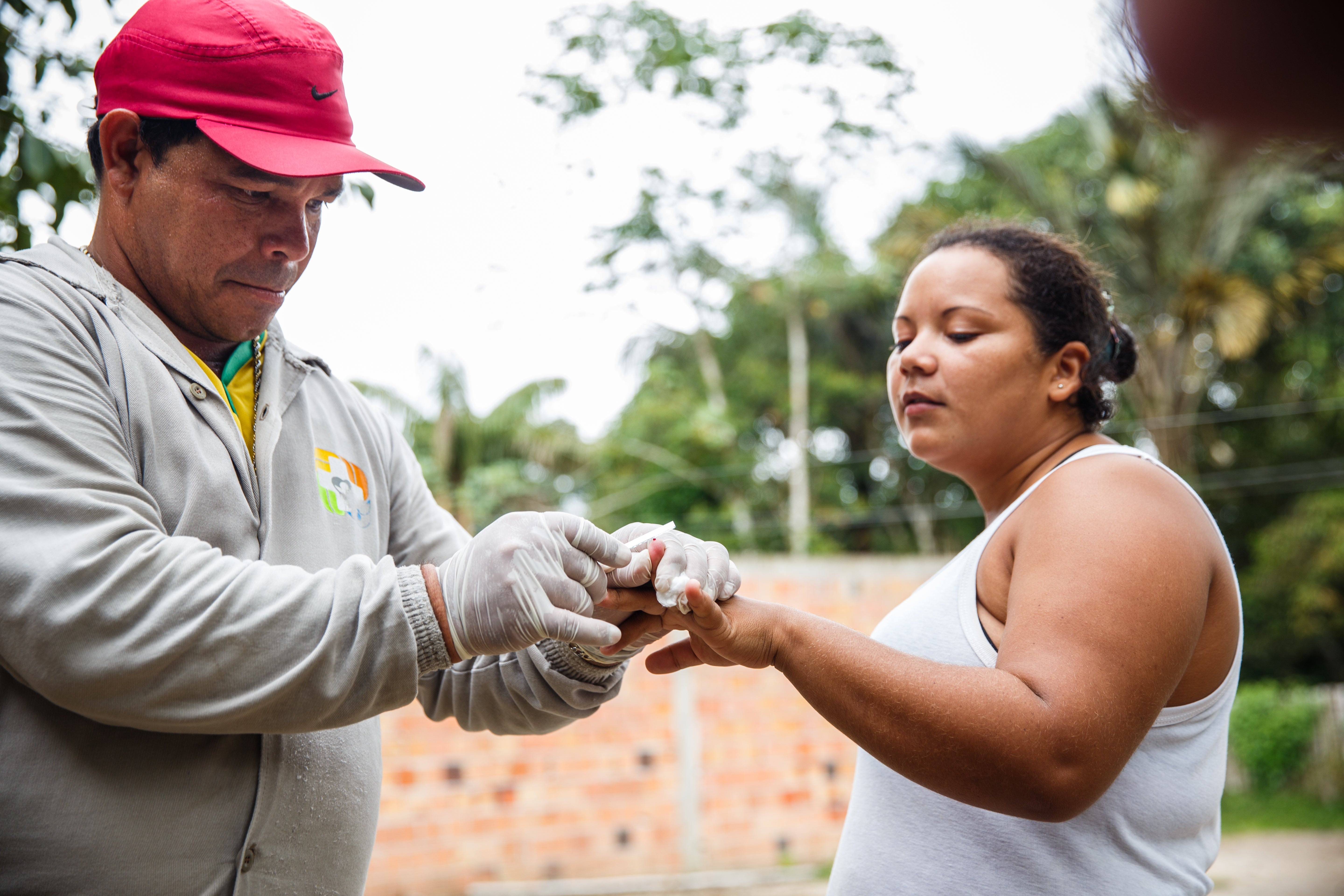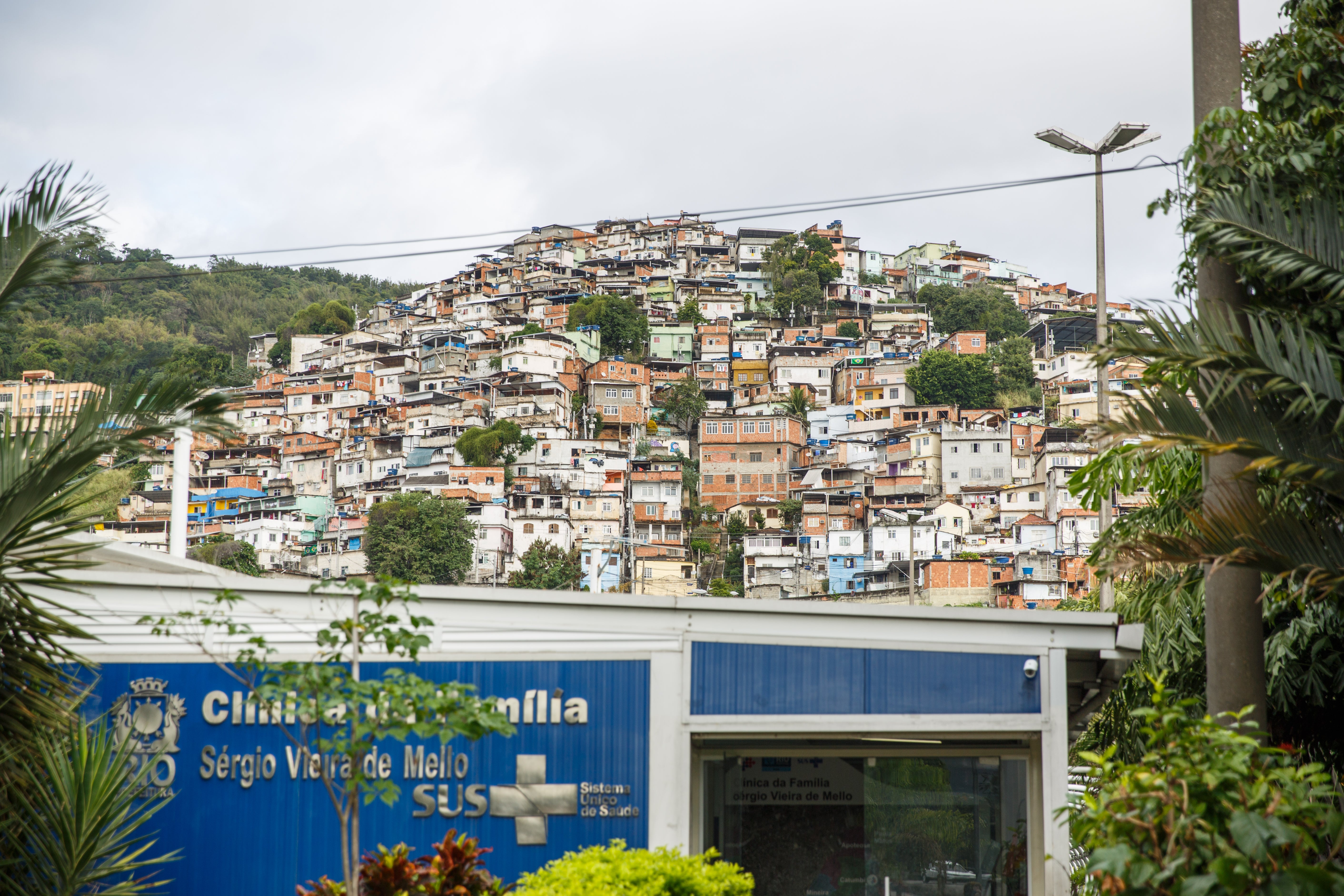The creation of Brazil’s CHW program was an ambitious attempt to improve access to health care, reduce inequities, and broadly improve health and quality of life. Despite achieving tremendous impact, challenges remain.
Achieving universal coverage
Universal coverage was a fundamental aspiration of Brazil’s health reforms. However, more than three decades after the adoption of the Sistema Único de Saúde (Unified Health System), the vision of a universal health system is unrealized.
Many wealthy municipalities in Brazil have never implemented the Family Health Strategy. This leaves poor families living in wealthier districts without the benefit of CHW visits or a Family Health Team and creates barriers to their accessing primary health care.
Much of the middle class, which is an important voting bloc, does not use the Family Health Strategy program, and therefore does not advocate for it in the face of budget pressures. This lack of support from a key constituency increases the precariousness of the program. Ensuring universality is, in this way, tied to long-term sustainability.
Long-term financing
Following the 2014 financial crisis and a wave of political instability, financial austerity measures that have undermined support for primary health care were introduced. The previous president, Michel Temer, established a cap on primary expenditures for the next 20 years. This will likely force municipalities to adjust to this reduced support from the federal government – by cutting programming.
Government data indicate a small decrease in the density of CHWs thus far, from 13 per capita in 2014 to 12.6 in 2017. The range of municipal responses to federal budget cuts is still unclear.
“Many community health workers are being dismissed in Rio de Janeiro . . . the ones left were shared among the teams, and the teams that had six workers now have four of them, [but] they still have to keep following the same number of people.”
Former political official in Ceará state
Quality of care

The responsibility of managing Family Health Strategy programming lies with municipalities. Some municipalities are better able to manage the program than others. This leads to variations in program quality, including the availability of basic equipment and adherence to guidelines, protocols, and training requirements.
For example, some municipalities do not uphold the federal government’s requirements for CHW training, which prescribes at minimum a two-month residential course followed by four weeks of field work. CHWs often receive only one to two weeks of training before they begin working unsupervised, which has likely led to variations in quality of care across municipalities, although no systematic studies have been conducted.
Patients generally give CHWs high marks – 85 percent of patients approve of their CHW performance – but care can be uneven.
The Programa Nacional de Melhoria do Acesso e da Qualidade da Atenção Básica (National Program for Access and Quality Improvement in Primary Care) aims to improve care and outcomes using a rewards-based system of increased funding for good performance. The program established a formula based on performance indicators and targets and provides incentives to municipalities to meet them.
Individual Family Health Teams (Equipes de Saúde da Família; ESF) are awarded an overall score that is a weighted average of the results obtained from the following activities: self-assessment (10 percent), performance on agreed-upon health indicators (10 percent), correct use of electronic health records (10 percent), results from a set of indicators derived from an external evaluation (70 percent).
Public health experts have expressed concern that wealthier municipalities may be better able to meet performance targets and therefore achieve financial incentives more consistently, further exacerbating health inequities. One way the Ministry of Health has tried to prevent this inequity is to stratify municipalities by their socioeconomic level and assess performance within each level (based on GDP per capita, population density, percentage of extreme poverty, percentage of population using health insurance plans and the Bolsa Família program): teams are then grouped by the overall Human Development Index for their municipality, and a mean score is calculated for each stratum. Financial incentives for municipalities are then allocated as follows: teams at or below the mean receive 20 percent of the total quality bonus set by the ministry, those above the mean receive 60 percent of the total bonus, and those significantly above the mean receive 100 percent of the bonus.
Physician Shortages
The rapid expansion of the Family Health Strategy in rural and marginalized areas has not resulted in a corresponding increase in the number of Brazilian primary care physicians. With the recent departure of 15,000 doctors from Cuba (originally in Brazil as part of an MOH/WHO program to remedy the shortage of doctors in remote areas), Brazil has scrambled to fill vacancies in its 43,000 Family Health Teams.
Physician shortages are especially acute in rural areas.
To address the shortage of doctors in many areas, municipalities have:
- Introduced financial incentives to encourage more doctors to offer primary care services
- Placed a greater focus on attracting trainee doctors to primary care, through residencies
- Conducted recruitment campaigns
At the national level, Brazil has introduced the following measures to address the shortage:
- Increased primary care training for medical students
- Mandated for all medical students, a year-long residency in a primary care facility, with the goal of creating a pipeline of primary care doctors
- The Ministry of Health provides financial incentives to medical schools that emphasize primary care in their curriculum
- The national board of education has released curriculum guidelines emphasizing primary care
Inequity

The Family Health Strategy has contributed to the rapid and impressive expansion of access to primary care in Brazil, but inequity in access to care remains an issue. This is especially true for poor people who live in wealthy areas, where the Family Health Strategy has not been implemented.
In 2013, enrollment in the Family Health Strategy was reported by approximately 65 percent of respondents in the poorest households, with declining coverage in each successive wealth quintile. People in the richest quintile reported the highest private plan coverage, approximately 60 percent, but private coverage decreased with decreasing wealth, reaching only five percent among the poorest in 2013.
